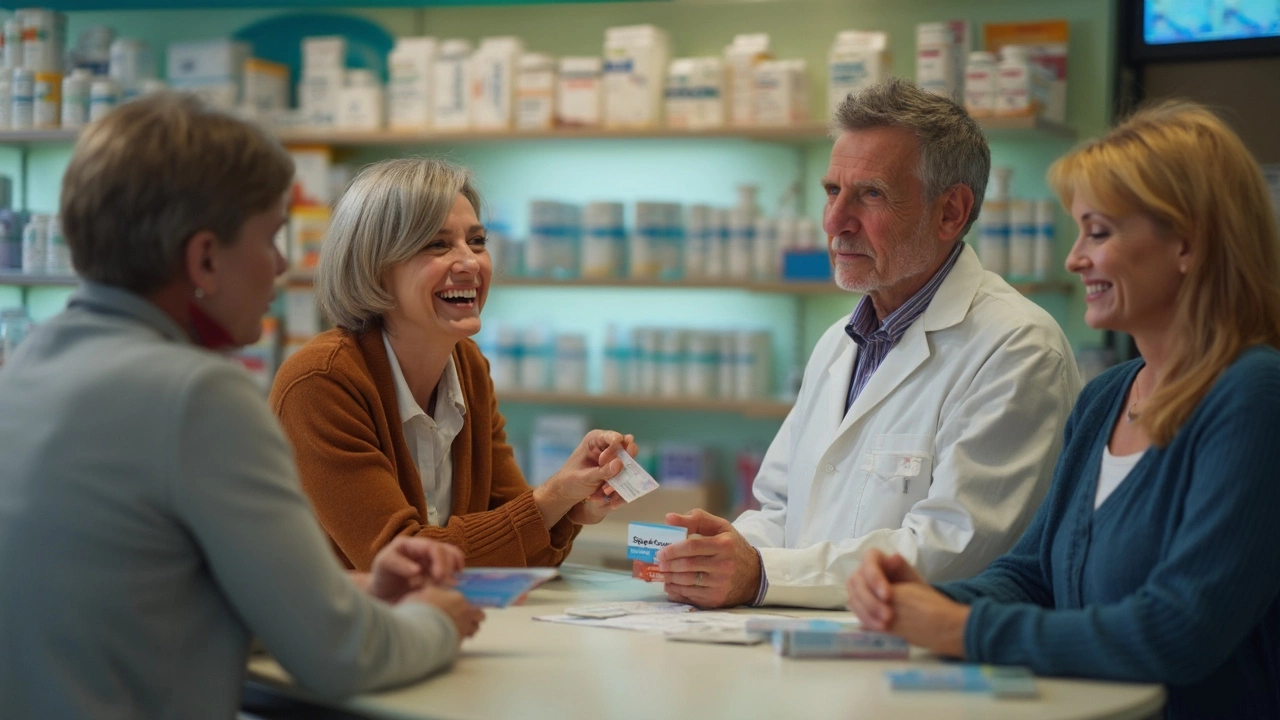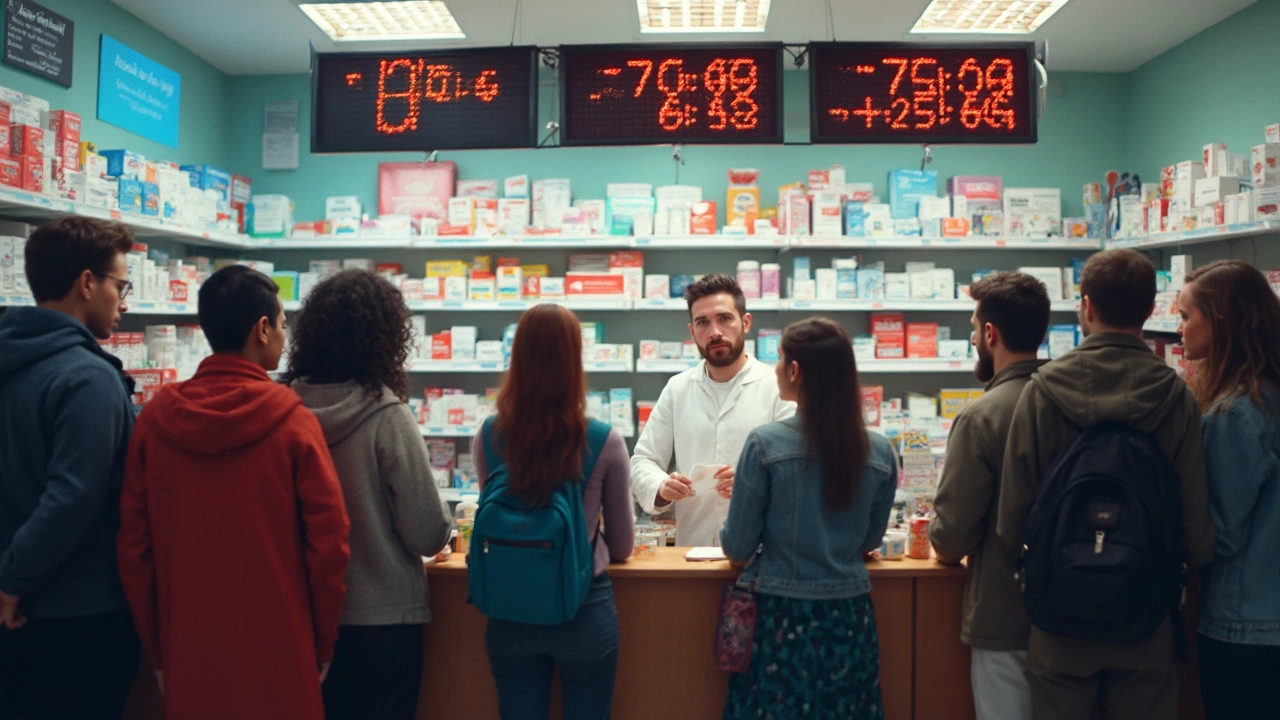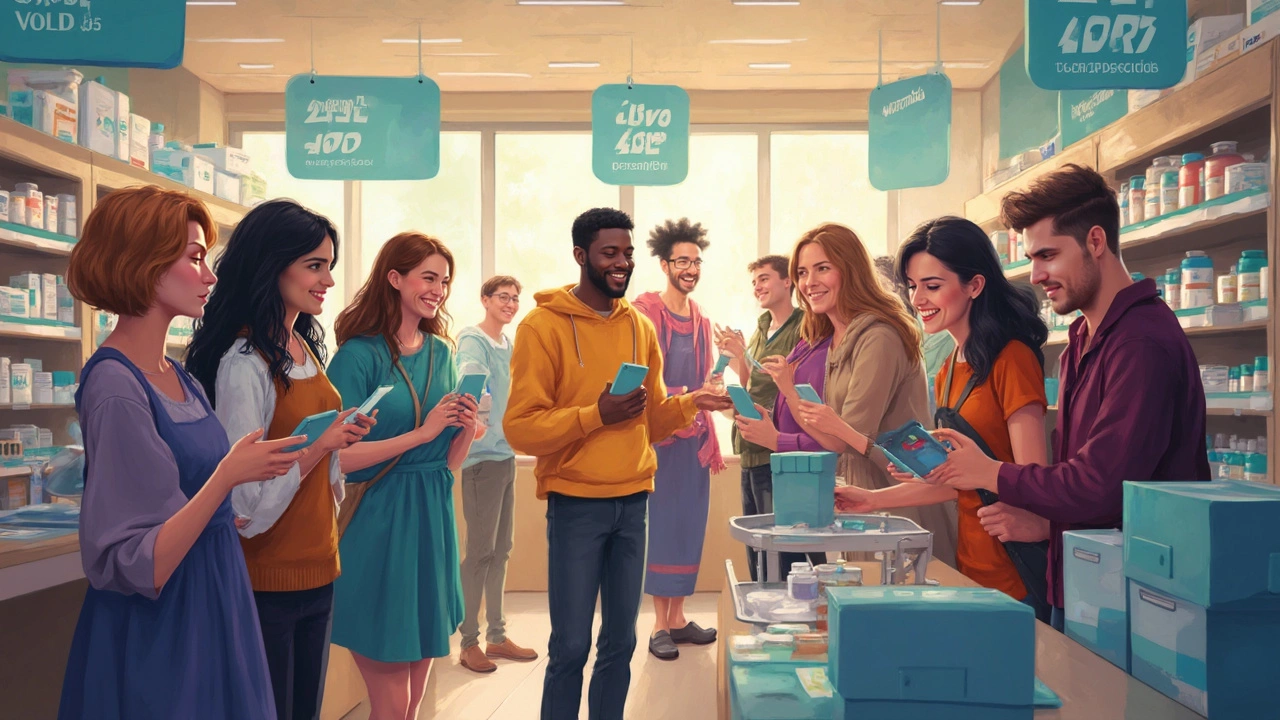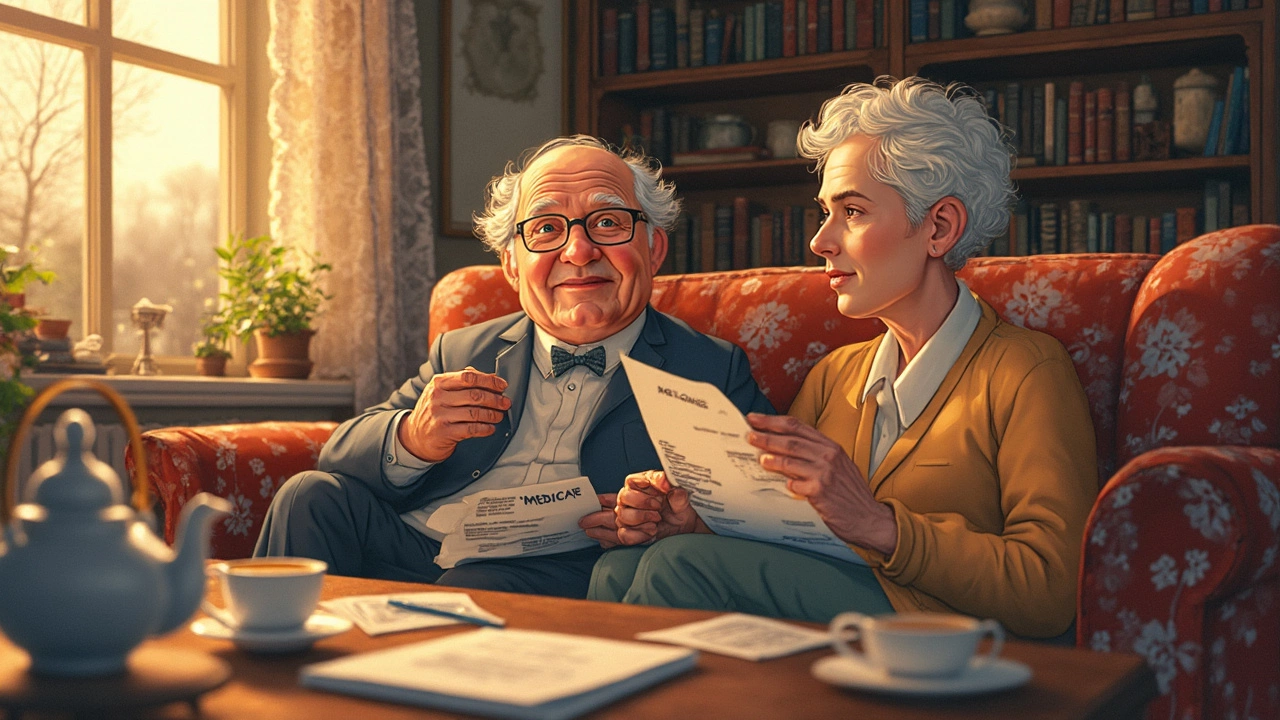Prescription Costs – How to Keep Your Medication Bills Low
If you’ve ever frowned at a pharmacy receipt, you’re not alone. Prescription costs can feel random, but most of the price comes from a few predictable sources. Knowing what adds up lets you fight back with the right tools.
What Drives Prescription Prices?
First off, the drug itself matters. Brand‑name meds usually cost more than generics because the company spent years developing and marketing them. If a generic version exists, the price gap can be 70 % or more. Second, your insurance plan decides how much of that cost you see. Some plans have a low co‑pay for certain drugs, while others apply a higher percentage.
Pharmacies also play a role. They may add a markup to cover their overhead, especially independent stores that don’t get the bulk discounts big chains enjoy. Finally, location matters: prices in urban areas can be higher than in smaller towns. All these pieces stack together, creating the final number on your receipt.
Practical Ways to Reduce Your Drug Bills
Switch to a generic whenever you can. Your doctor can often prescribe the same treatment under its generic name, and the pharmacy will usually give you the cheaper option without any extra paperwork.
Check if a prescription discount service fits your needs. Programs like SingleCare, GoodRx, or NHS exemption schemes compare prices at nearby pharmacies and hand you a coupon that cuts the cost instantly. Signing up takes a minute and costs nothing.
Ask your pharmacist for a price check. They can see if a different brand or a smaller pack size saves you money. Sometimes a minor change, like a 30‑day supply instead of a 90‑day one, makes a big difference if the pharmacy runs a promotion.
If you’re on Medicare, explore Part D plans that match your medication list. Some plans offer “Extra Help” for low‑income seniors, which can wipe out most out‑of‑pocket costs. In the UK, certain medical conditions qualify for free NHS prescriptions—conditions like diabetes, asthma, or epilepsy often qualify, so bring a doctor's note to the pharmacy.
Consider bulk buying only when it truly saves you. Some insurance plans treat a 90‑day supply as three separate fills, charging a co‑pay each time. Check your plan’s rules before you load up on pills.
Use a prescription card or app. Many free cards let you scan a barcode at checkout for an instant discount, and apps will alert you when a price drops. There’s no credit check, no registration fee, and you can start saving today.
Finally, keep a record of your meds and costs. When your next doctor visit rolls around, you can show them which drugs are pricey and ask for cheaper alternatives. That simple conversation can shave off hundreds of pounds a year.
Prescription costs may seem confusing, but breaking them down and using discount tools puts you back in control. Try one tip today and watch the savings add up.









